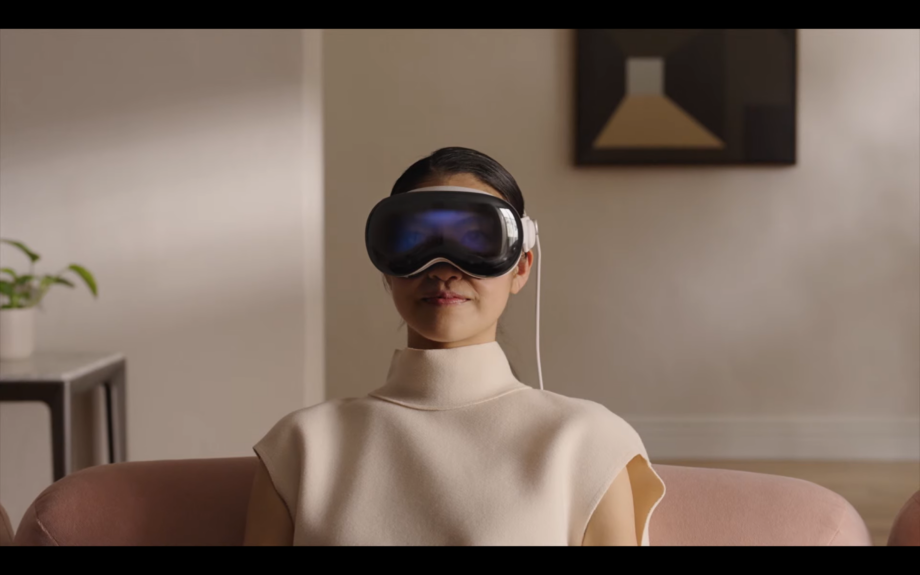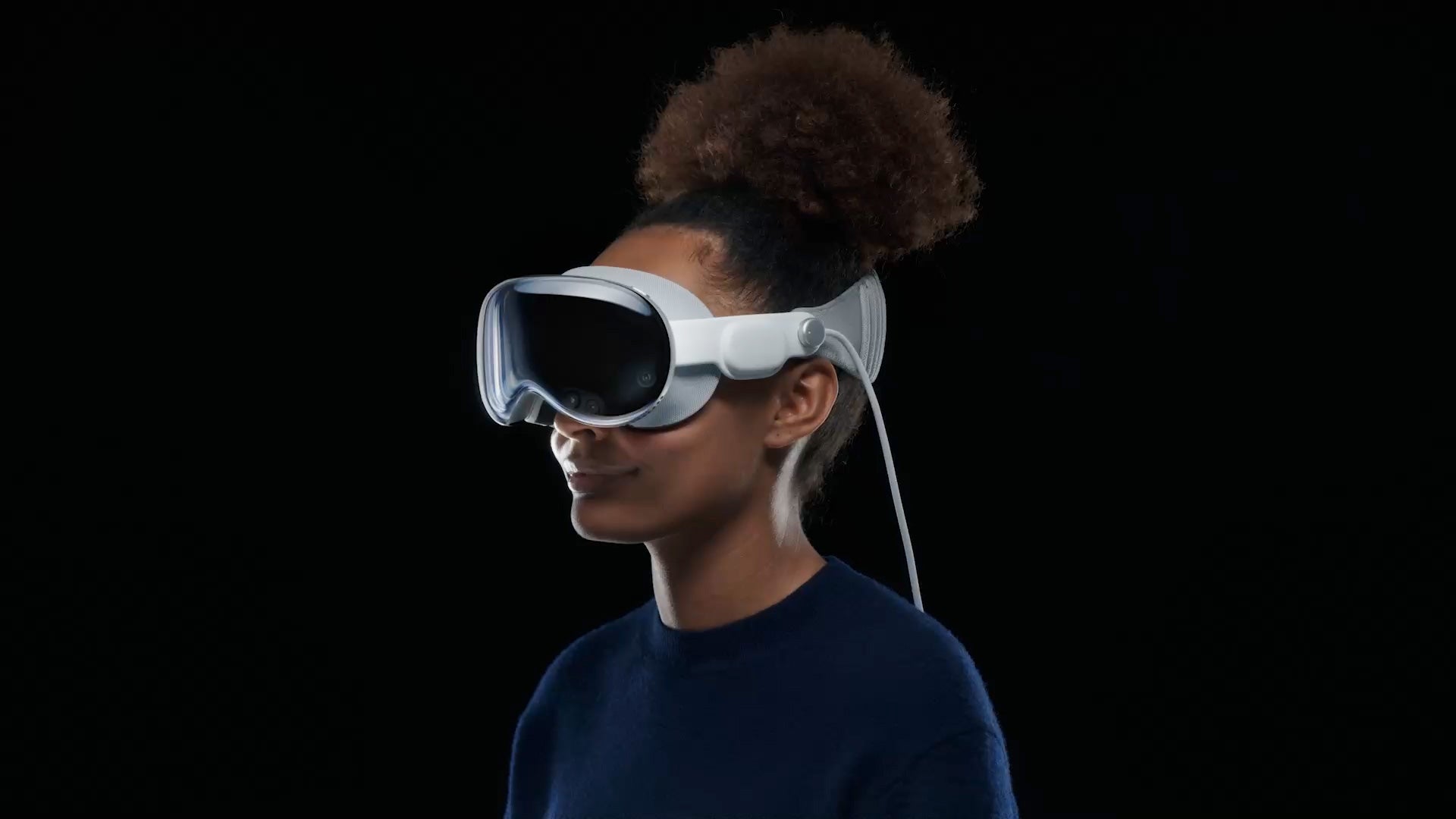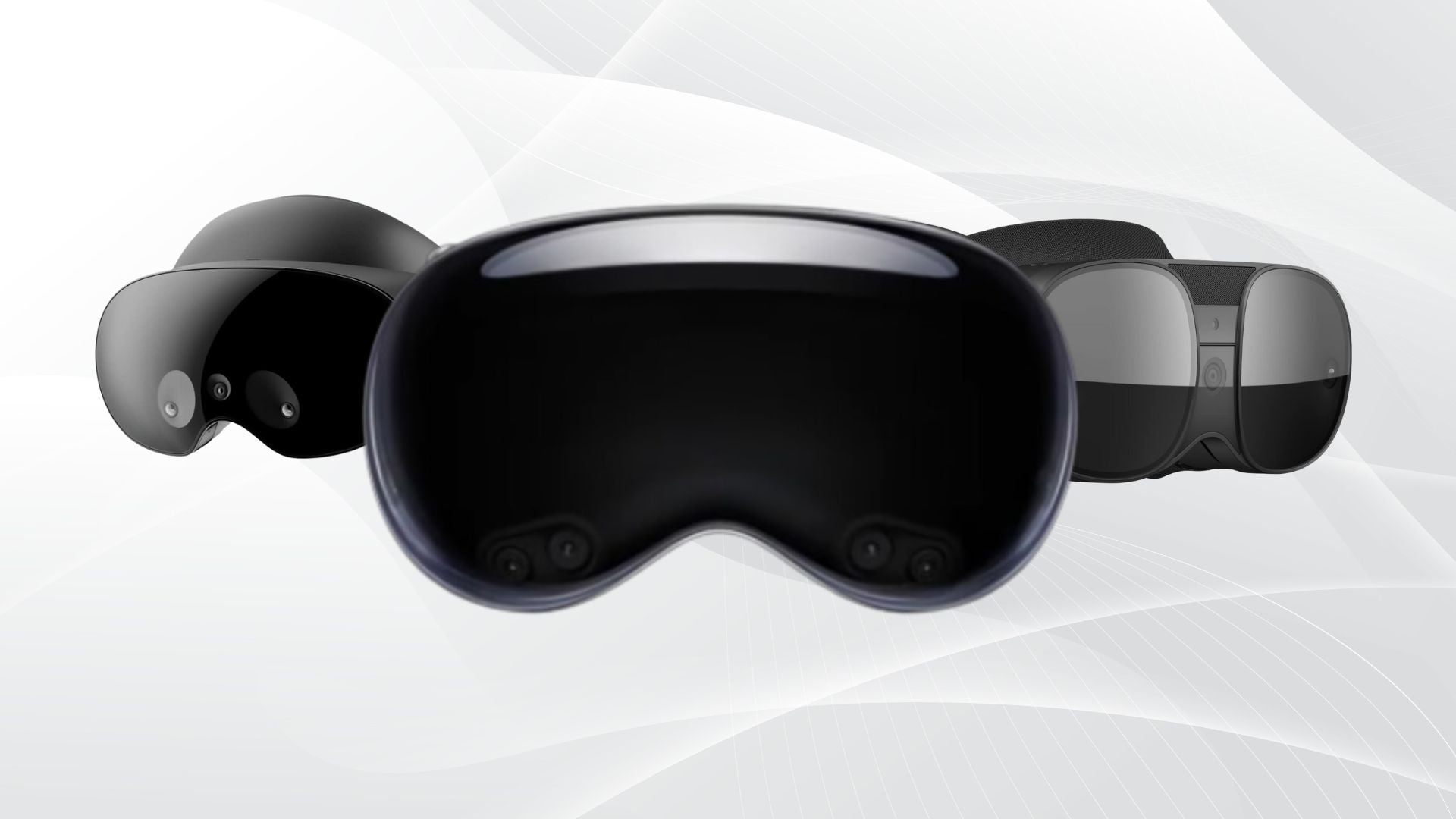Apple Vision Pro vs Meta Quest Pro: Is the Apple headset worth it?

Apple finally revealed the Apple Vision Pro AR/VR headset during the WWDC 2023 keynote. But how does it hold up against Meta’s Quest Pro?
We were all waiting on tenterhooks for the release of Apple’s first VR headset and we now know it is called the Apple Vision Pro. It comes with an incredibly high-resolution display for each eye and allows users to adjust how immersive the headset is during use, which may make it easier to integrate into people’s daily lives.
With another headset on the market, we wanted to see how it stacks up against the Meta Quest Pro, to see which headset is really worth the upgrade.
Price and Release Date
- Apple Vision Pro is releasing next year in the US
- Meta Quest Pro is available to buy in the UK, Europe and America
- Apple Vision Pro starts at $3499
- Meta Quest Pro starts at £999.99/$999.99
Apple has so far only confirmed that the Vision Pro will be launching in the USA and that it will be coming early next 2024. When it does launch, it’ll cost $3499 – putting it far and away above the already available Meta Quest Pro which currently costs around £999/$999.

Apple TV+
The Home of Apple Originals. Enjoy star-studded, award-winning series, films, and more. Grab your 7 day free trial now.
- Apple
- 7-day free trial
- £8.99 p/m
Specs and Performance
- Apple Vision Pro is powered by two chips – the M2 and R1
- Meta Quest Pro runs on Snapdragon XR2 Plus Gen 1
- Apple Vision Pro has a much higher resolution
The Apple Vision Pro runs on an M2 chip as well as the newly announced R1 chipset. This provides it with enough power to play 3D movies and 3D Apple Aracde games, although it’s not clear if these games are VR games. Each panel on the Vision Pro has 23 million pixels, which is more than a 4K TV for each eye so details should be incredibly crisp.
Apple claims that you can view the world in full colour while wearing the headset, with the rotating crown design allowing users to choose how immersed they want to be within their virtual world. To control the headset, users can use their voice, eyes or slight movement from their hands to move apps, expand pictures and even take notes.

The Meta Quest Pro has the same inward-facing cameras as the Vision Pro but unlike the Apple rival, it does not show a video of your eyes to people in the outside world. The resolution of the Meta Quest Pro is not as high-end as the Vision Pro, coming with a per-eye resolution of 1800×1920.
The Meta Quest Pro does need controllers to work, however, the controllers were vastly improved when compared to the Meta Quest 2. They are smaller and less invasive, but they would be more immersion-breaking than the hands-off approach of the Apple Vision Pro.
In terms of battery life, both headsets should get around two hours on battery. However, we’ll need to test out the Vision Pro to see how long it really does last.
Overall, and likely due to its much higher asking price, the Apple Vision Pro is a lot more capable and can take on a lot more tasks than the Meta Quest Pro. It seems to be attempting to integrate VR/AR into people’s daily lives, while the Meta Quest Pro has more focus on productivity and work environments.








